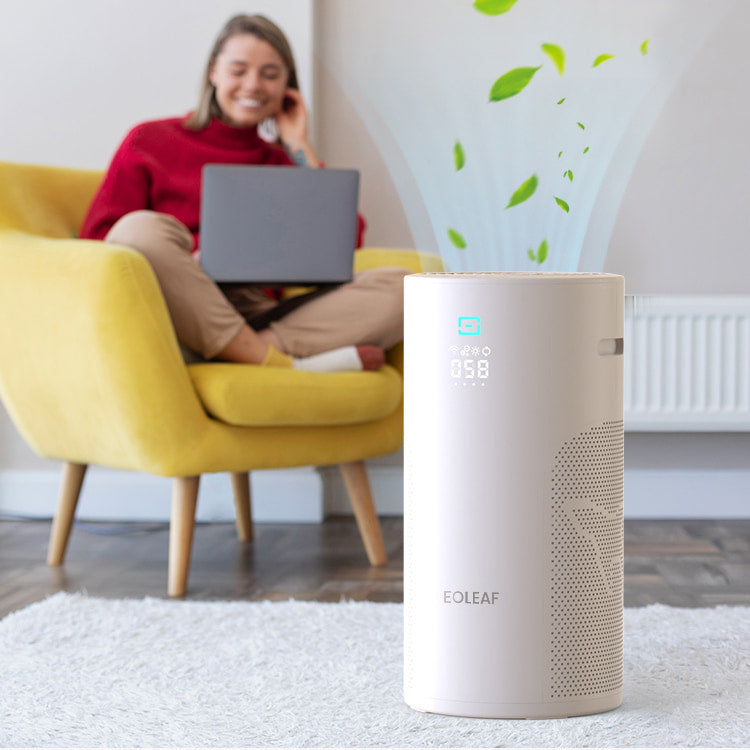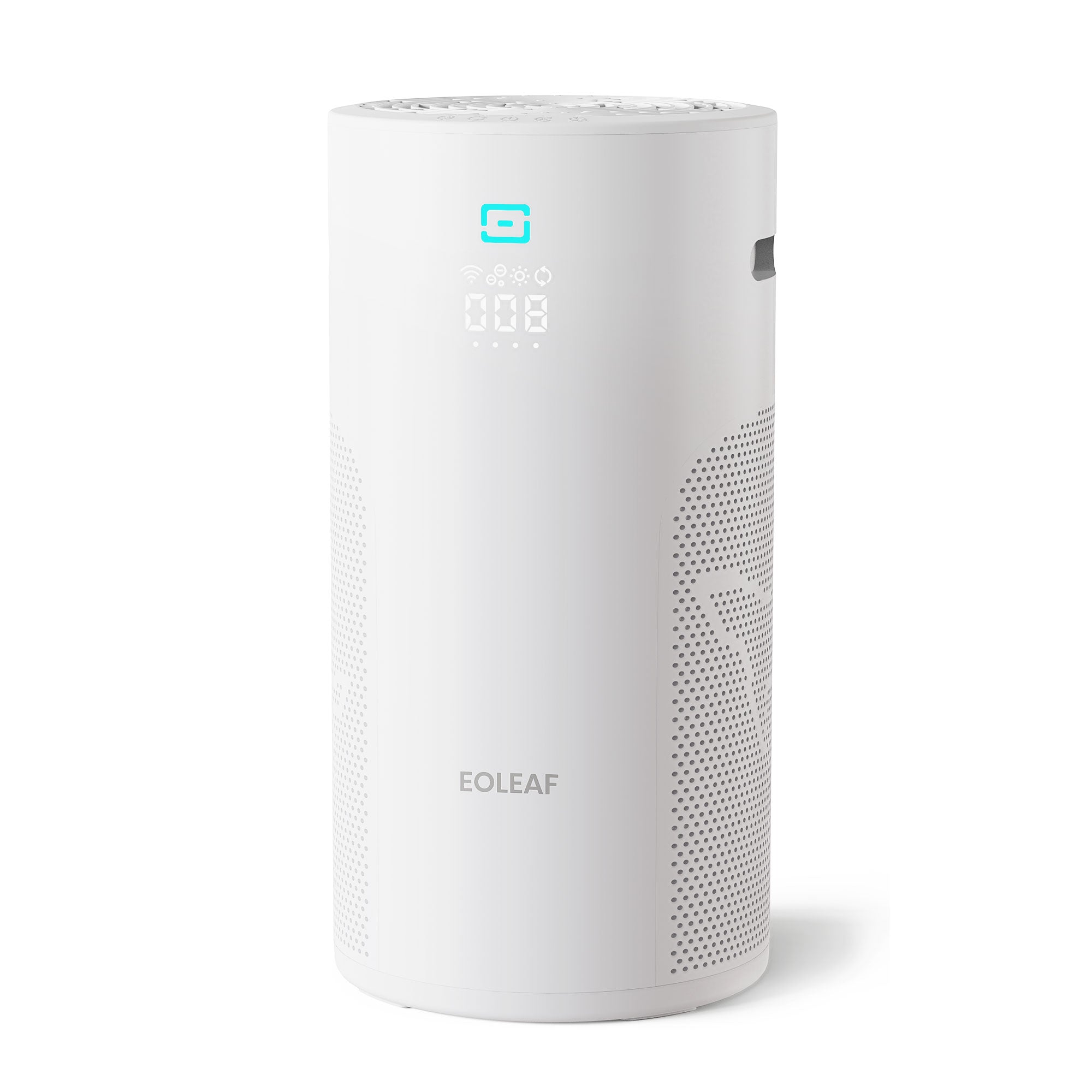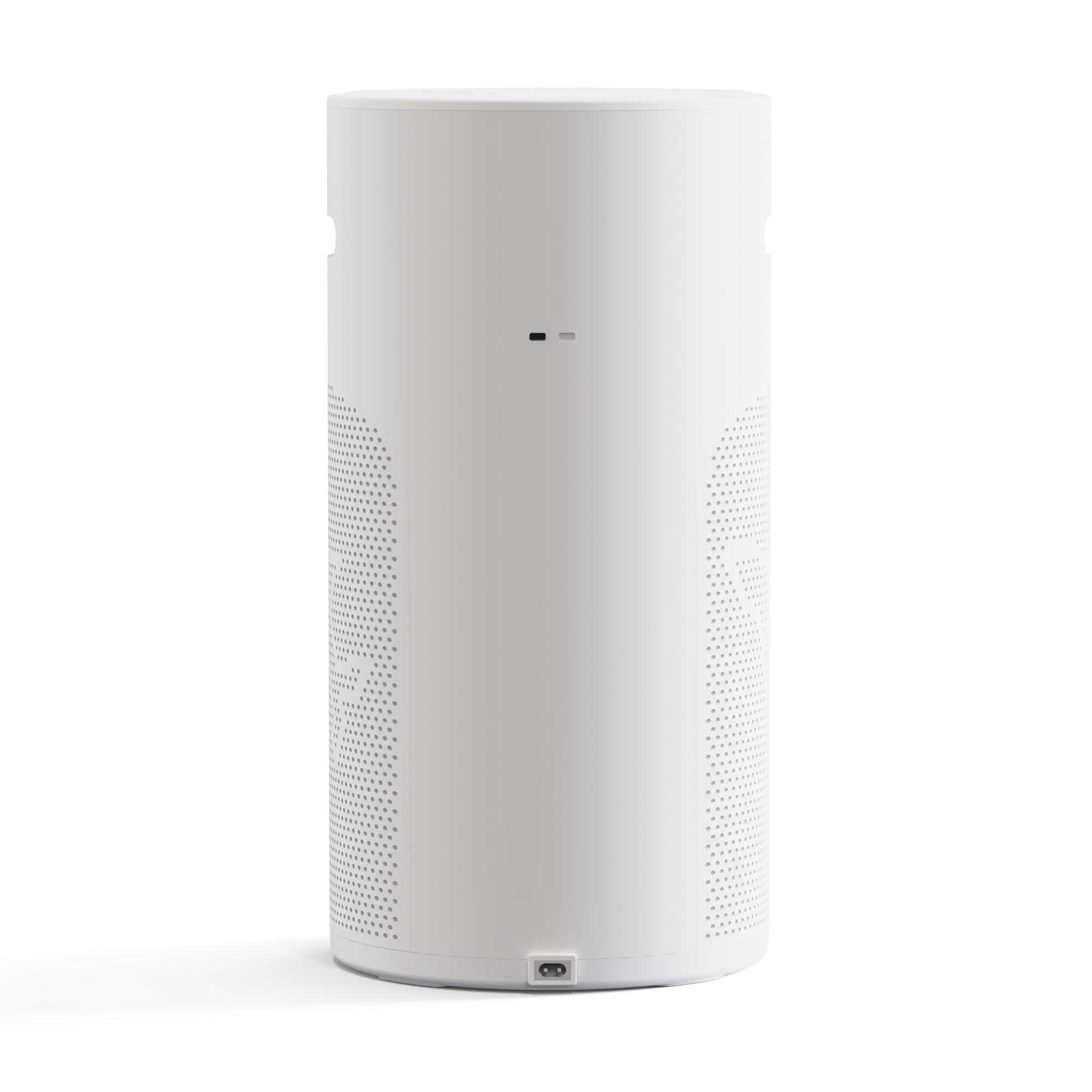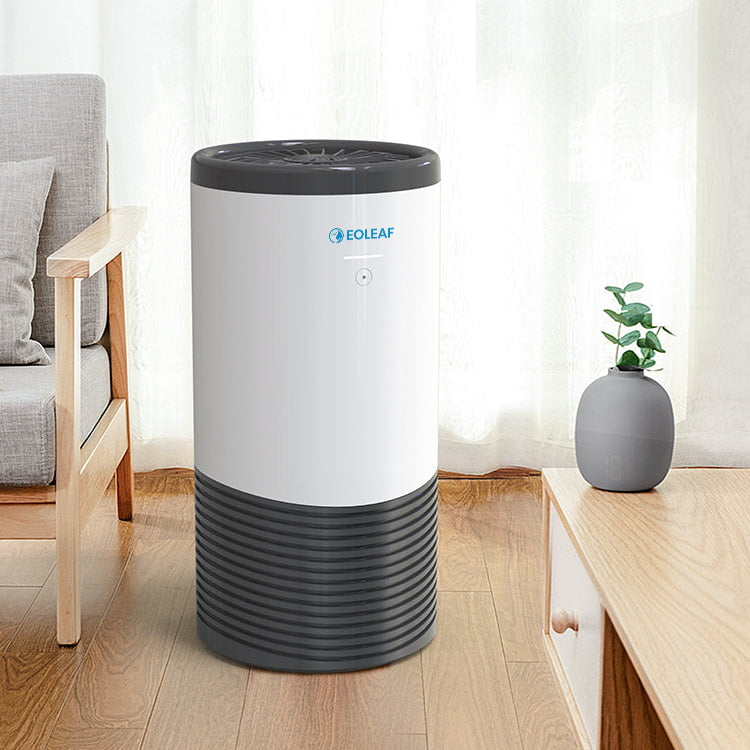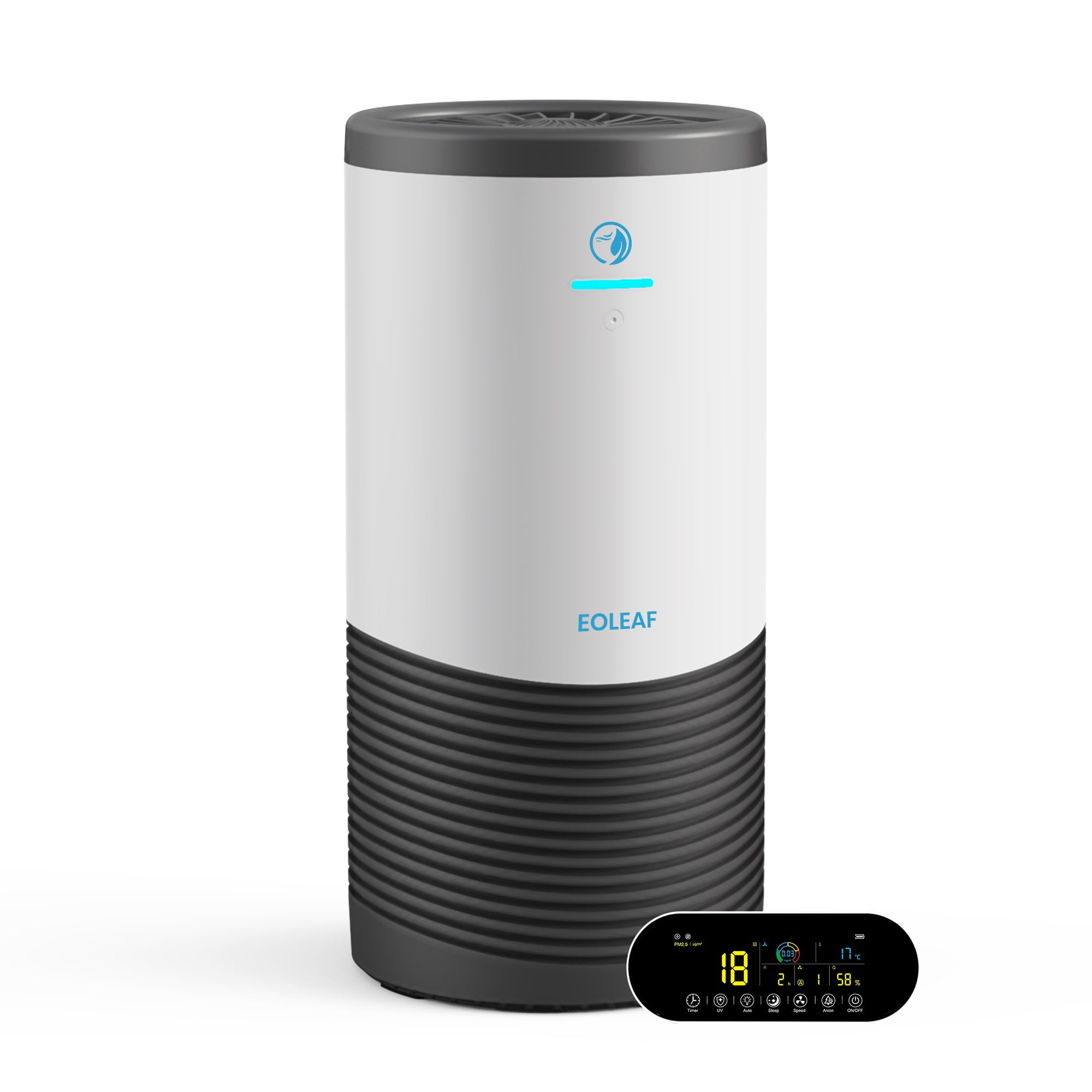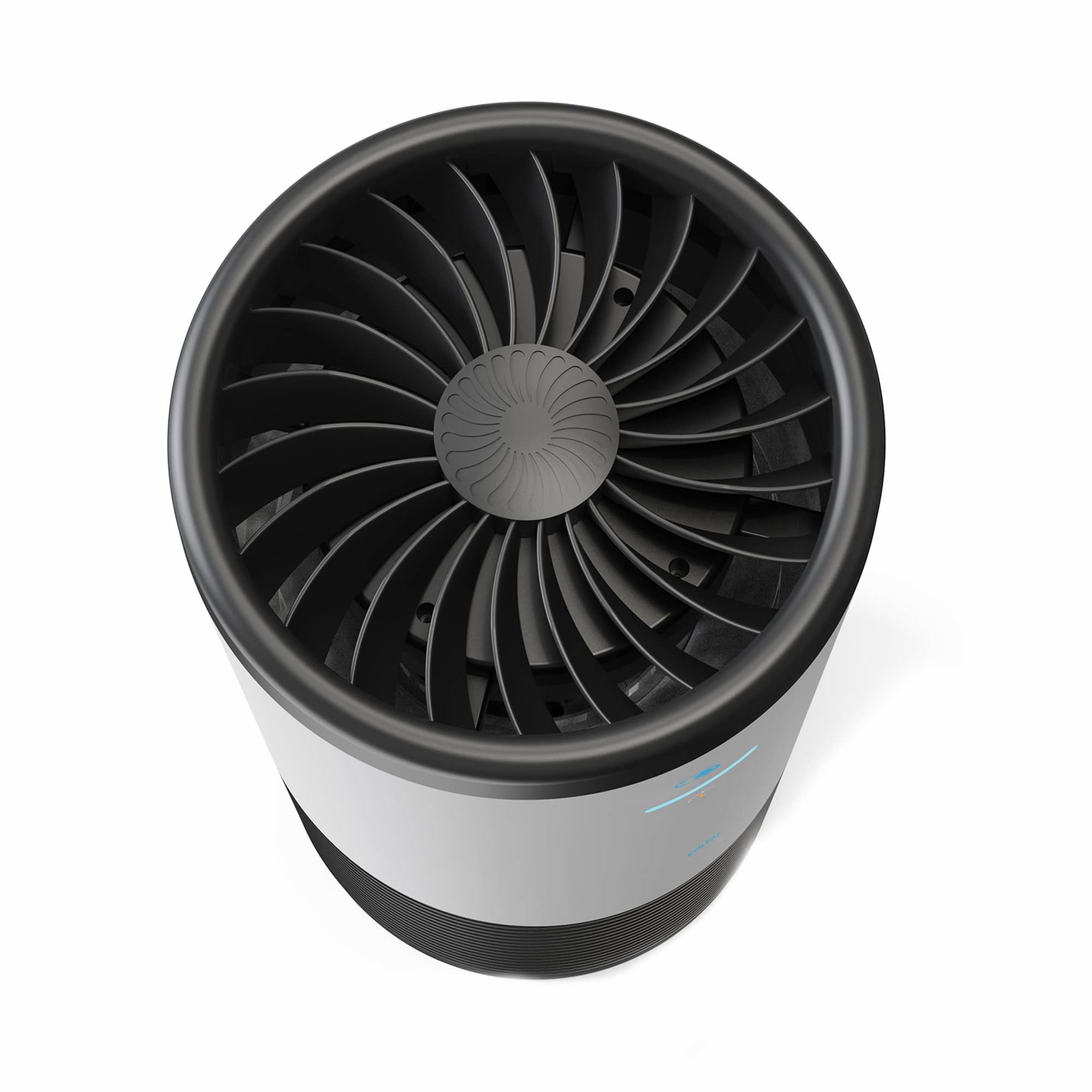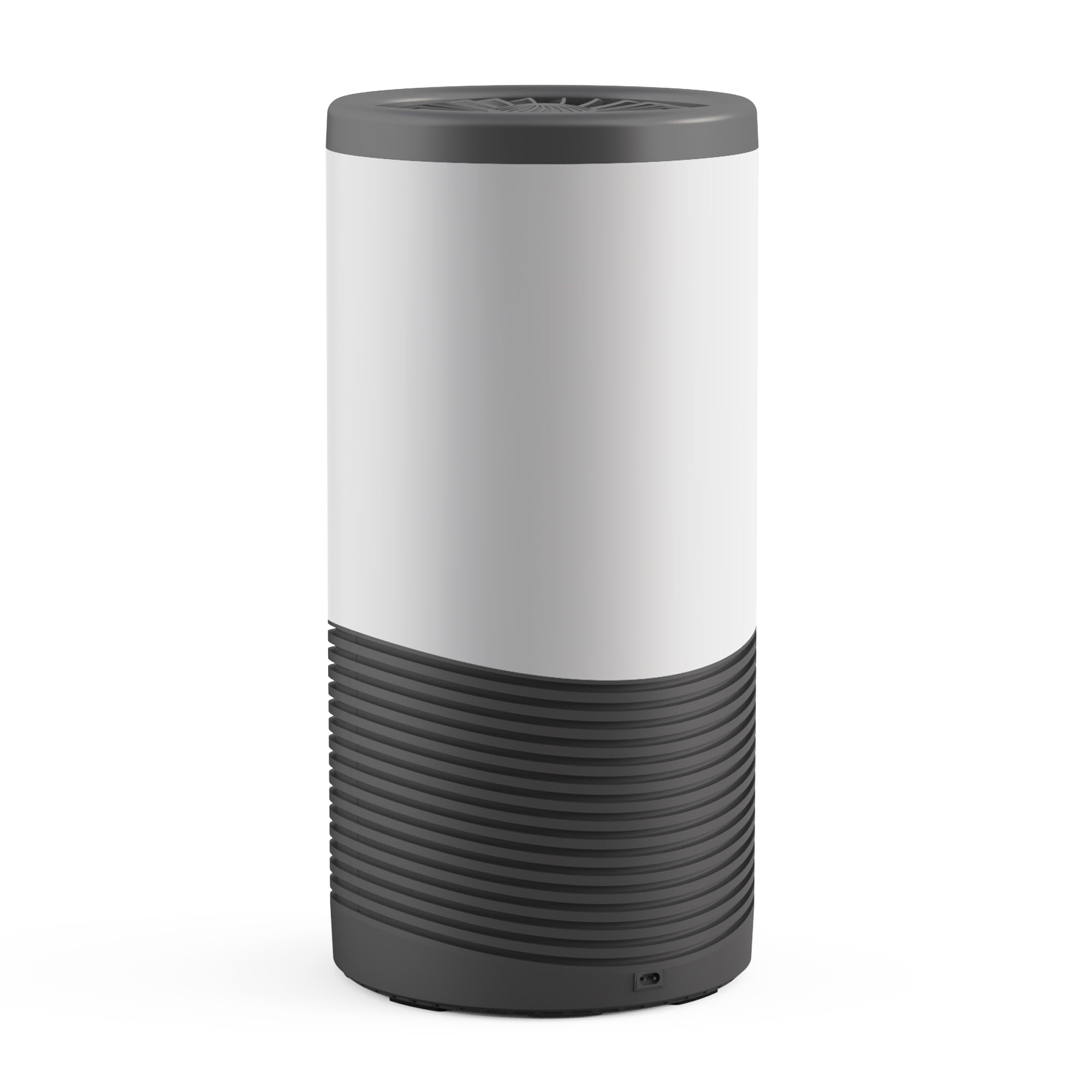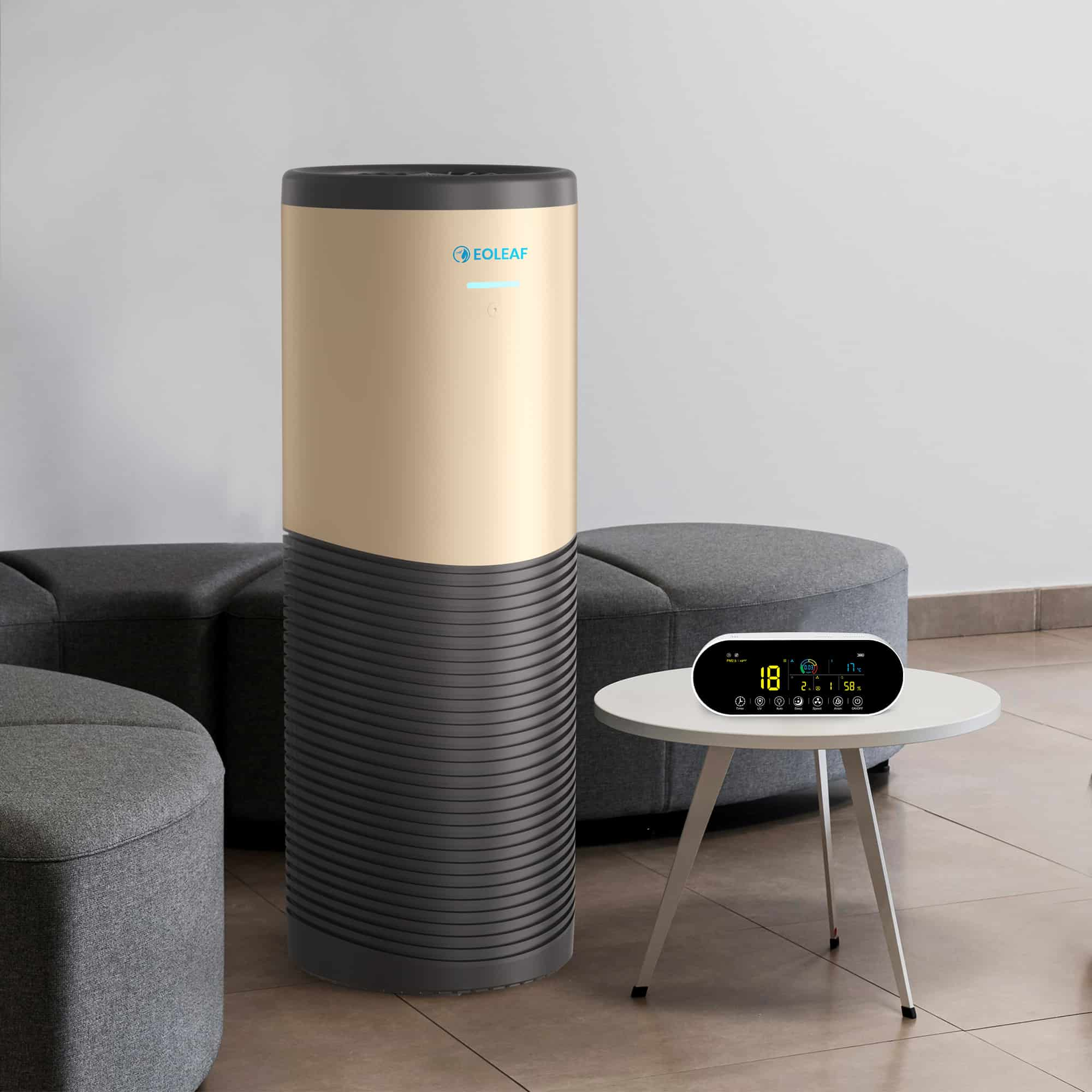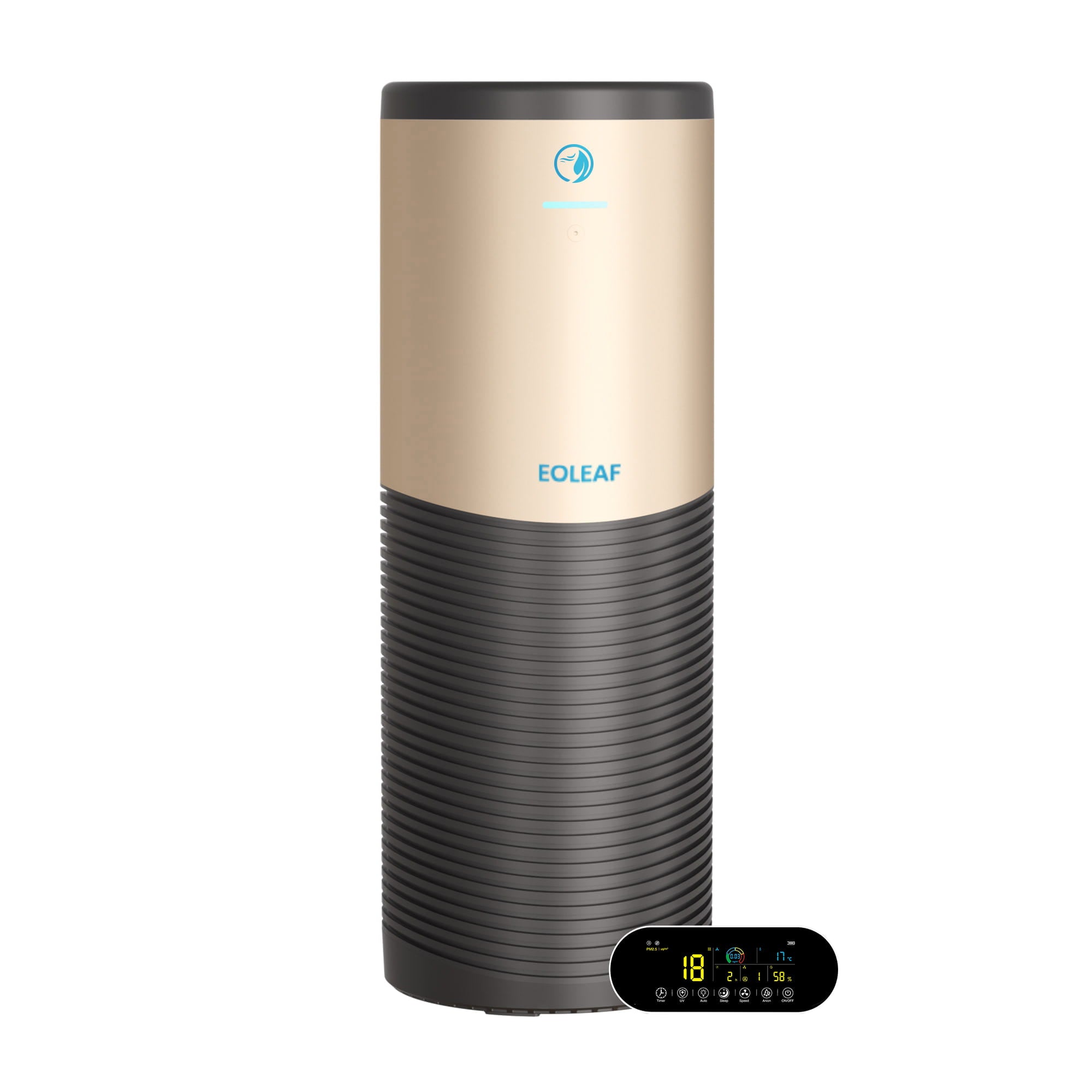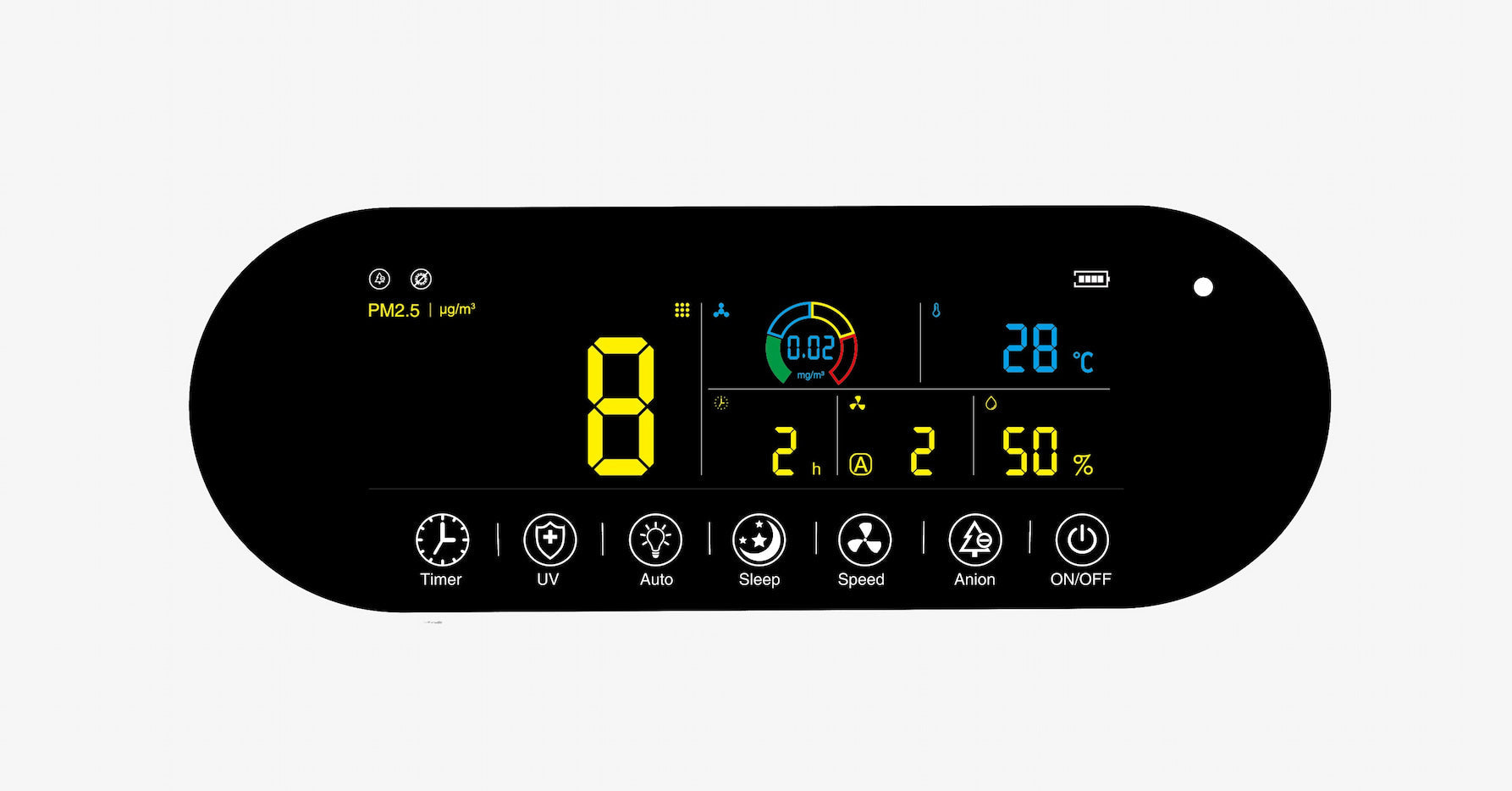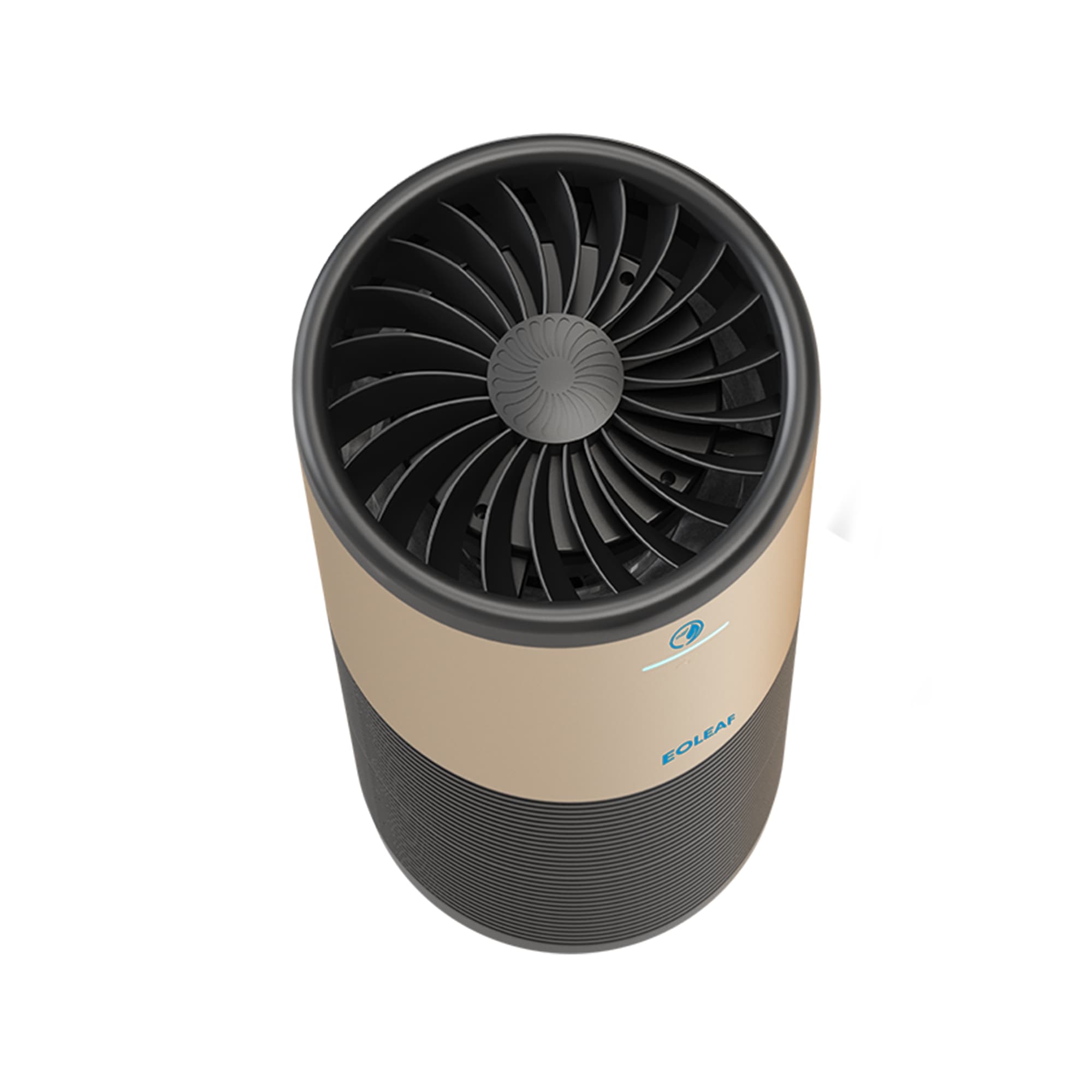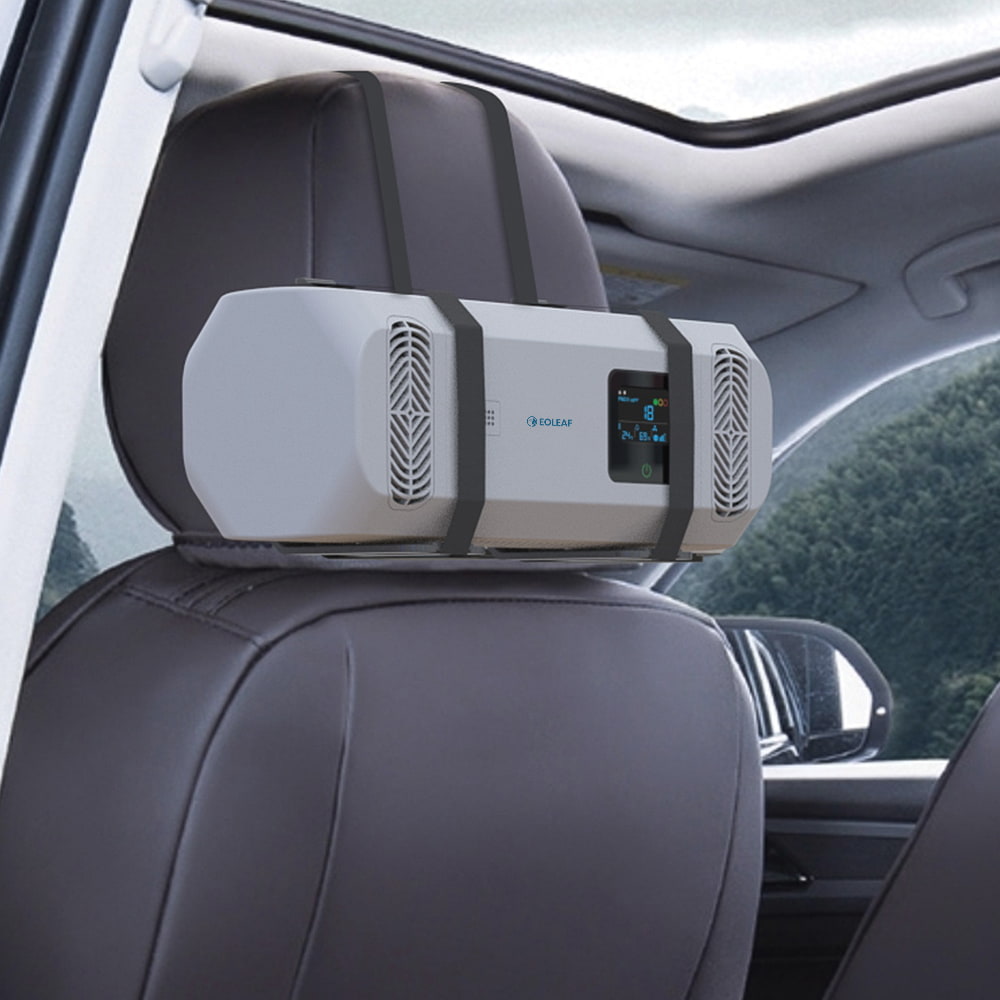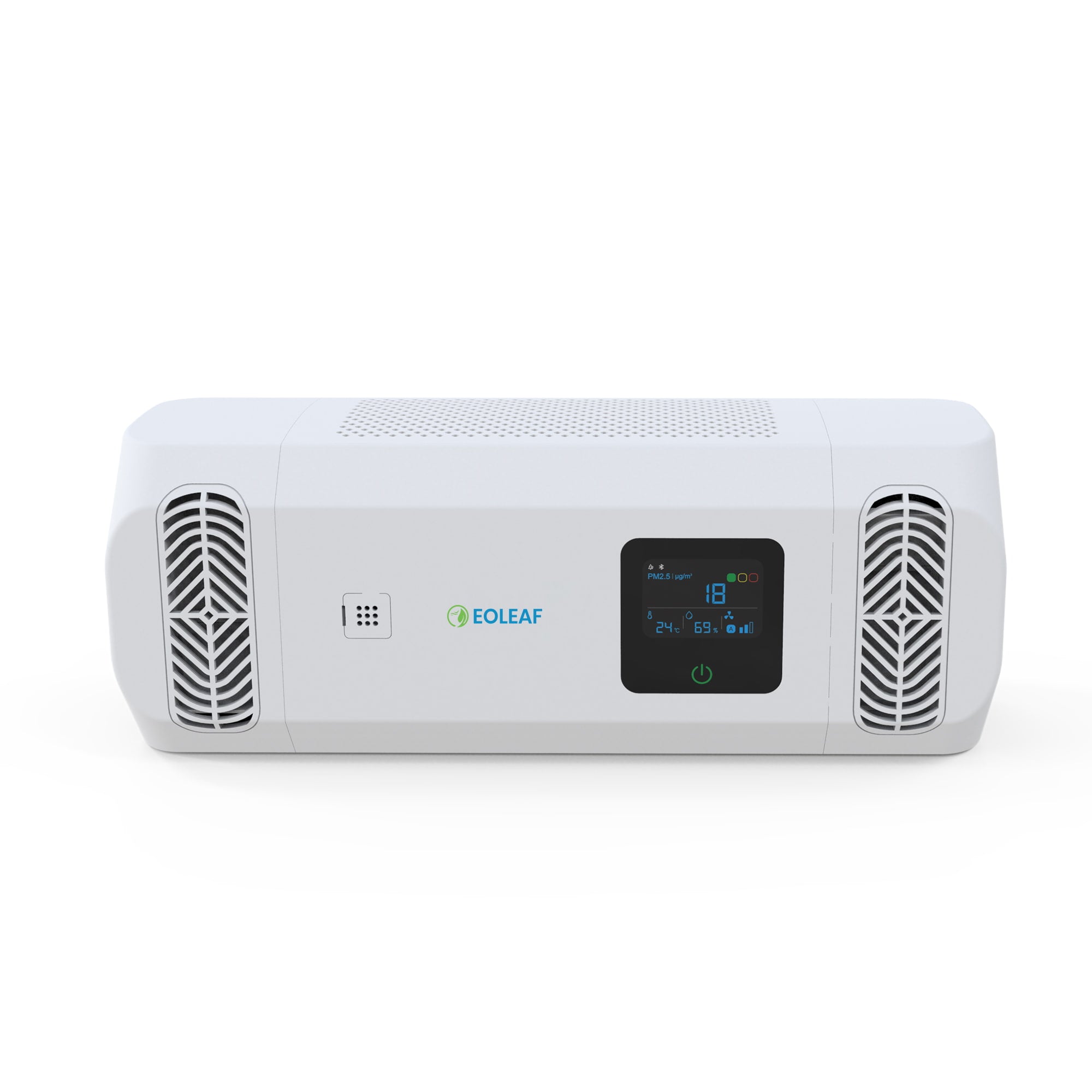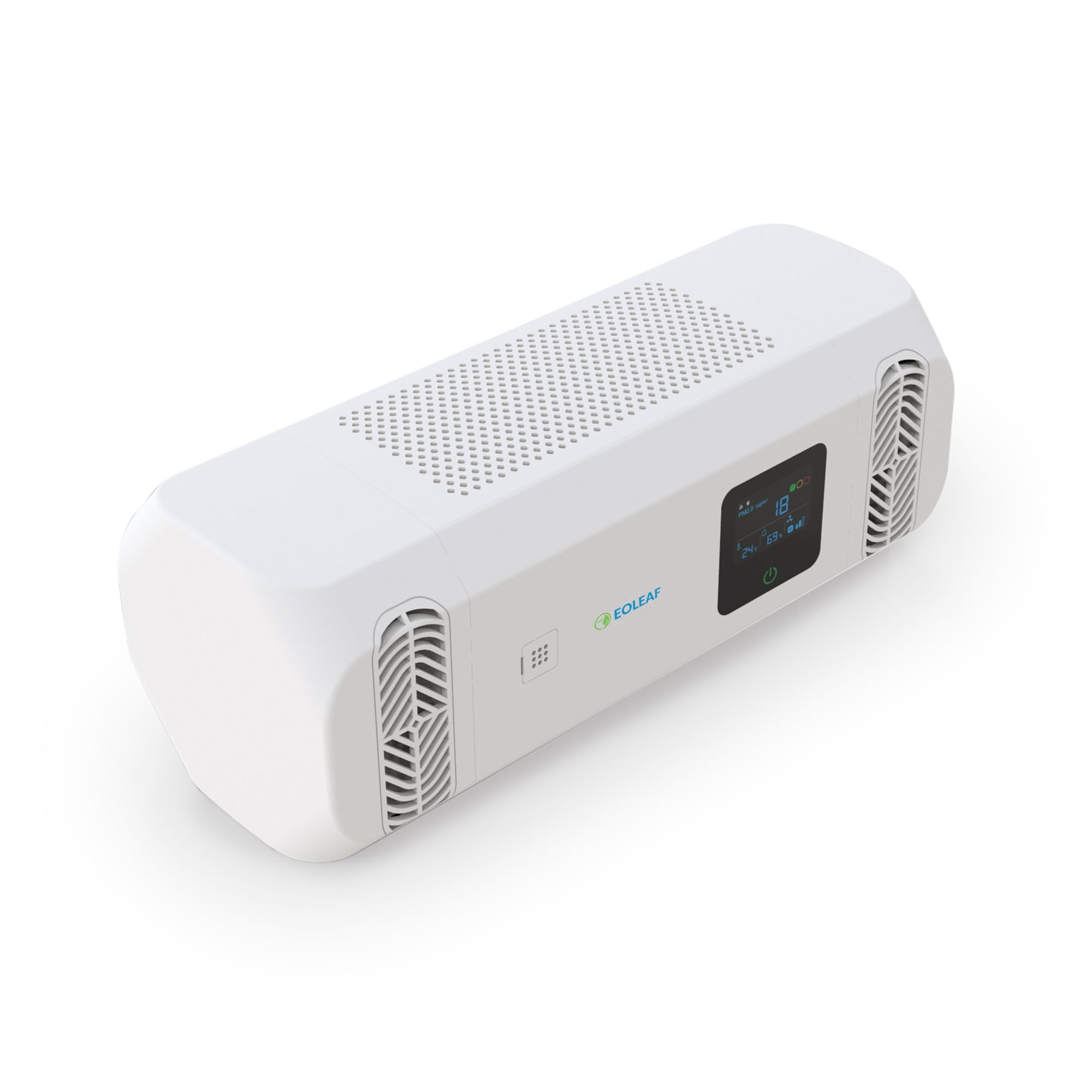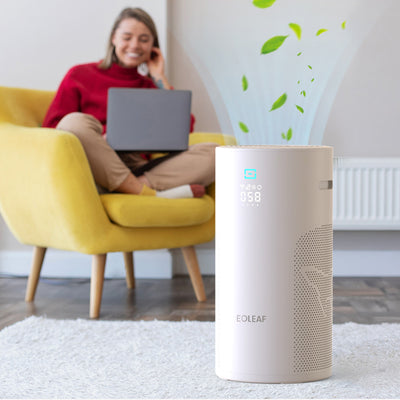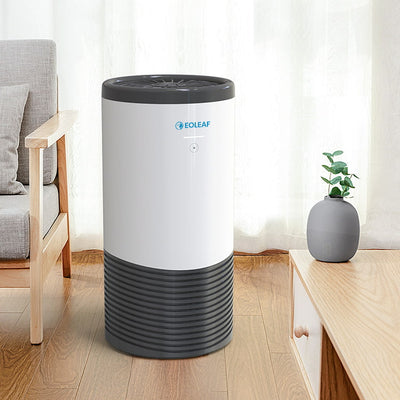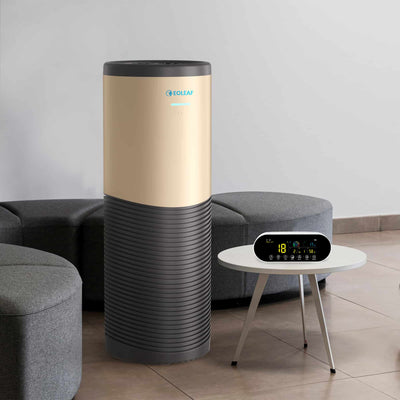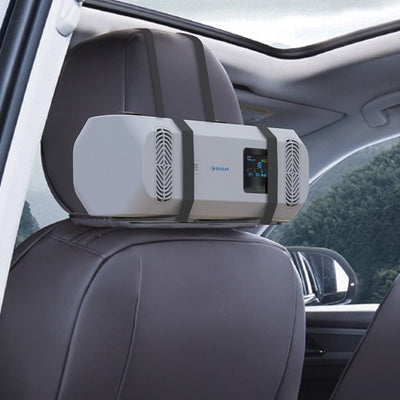Activated carbon and its role in air filtration
Humans have been using charcoal for water and air filtration for thousands of years to clean those elements of harmful components. However, it has a multitude of other filtration benefits including a high capacity to filter impurities from the air. What is activated carbon and how does it work? Read on to learn more.

What is charcoal or carbon?
These terms are interchangeable and refer to the remains of incomplete combustion. When wood is burned, the readily combustible material inside the wood burns away, and if there is insufficient oxygen or heat, black char will be left behind. This is what we all know as charcoal or carbon1.
History of activated carbon filtration for water and air
History tells us that carbon filtration was likely first used for filtration purposes by the ancient Egyptians. They used it as a method of removing odours caused by infection in medical settings. Later on, in the 16th through 18th centuries, sailors were known to have stored drinking water in barrels that were charred on the inside to keep it clean by protecting it from impurities.
Another example of historical use of carbon was during World War I: gas masks were lined with carbon air filters to avoid soldiers’ inhalation of deadly gases used by opposing forces. Finding that these filters were only used by some, but not all, of the toxins, the process of activation was applied and utilised in World War II, ultimately leading to the development of modern activated carbon filters for air and water1.
Nowadays, activated carbon filters are commonly found in tap water filters, cigarette filters, aquariums, fallout shelters, and, of course, air filters (to name a few).
The benefits of Eoleaf air purifiers:
-
Powerful HEPA-certified filter (up to 670 m3/hr)
-
Discreet and elegant design
-
Easy to use (equipped with Automatic mode) and does not require installation or assembly
-
Can be placed anywhere in your space thanks to our 360° technology
-
Real-time air quality data
What is activated carbon and how does it work?
Definition
Activated carbon is carbon that has been processed to have low-volume pores that are used for removing impurities from liquids and trapping contaminants from air.
The goal of activating carbon is to increase its surface area, thus enhancing its filtration properties and its ability to trap gas molecules. This process is done physically or chemically, often by injecting hot air, carbon dioxide, or steam. Since carbon is a carbonaceous material with an already porous structure, activation creates a lattice of tiny pores inside the carbon, and the result is activated carbon that contains hundreds of square metres of internal surface area per gram1! Pore diameter is determined by the ambient temperature and humidity, as well as the material used.
The importance of coconut shells
Many types of natural materials (biomass) can be used to produce activated carbon. Those materials range from coffee shells to rice or wheat straw to corncob. The most efficient form of biomass used to make activated carbon for carbon filtration is the coconut shell. Coconut shells create pores of < 2 nanometres, or micro-pores. Wood creates pores larger than 50 nanometres. Although pores will always have varying sizes, in air purification, pores measuring 1-2 nanometres are ideal2.
In certain parts of the world, coconut shell waste from coconut processing is exorbitant. Using coconut shells for filtration purposes is, thus, using a generally wasted material to create a product with high value3.
Due to optimal pore distribution, size, surface area, and volume, a 2022 study determined that coconut shells serve as an excellent material for use as carbon filtration in air and water. They also produce less dust and fine particles during processing as compared to wood or carbon3.
How it works
Using a process called adsorption (note: not absorption). In the process of adsorption, airborne pollutant particles are attracted to and then stick to the outside of the carbon molecule. Since the carbon has been activated, the increase of surface area creates more space to which the pollutants can stick, also known as a ‘bed’, via adsorption. The higher quantity of low-volume pores makes it possible for the activated carbon to perform more chemical reactions and trap more pollutants.
- What is the difference between ‘adsorption’ and ‘absorption’? With ‘adsorption’, ions or molecules stick to an adsorbent (in this case, carbon molecules). With ‘absorption’, ions or molecules enter inside an absorbent4.
Over time, the bed becomes saturated with organic chemicals (gases and gaseous pollutants), making it impossible to trap more pollutants and rendering it ineffective. It is not always possible to know when your activated carbon filter is saturated; sometimes it will give off a smell, sometimes it will not. This is why it is so important to change activated carbon filters at regular intervals according to the manufacturer’s instructions.

What are the benefits of an activated carbon filter?
Activated carbon can be particularly helpful in filtering out both volatile organic compounds (VOCs) and odours to improve indoor air quality.
Volatile organic compounds (VOCs)
VOCs are a form of gaseous chemical pollution released into the air usually by anthropogenic means. Everyday products like paints, solvents, new furniture, DIY activities, and cigarette smoke emit a significant amount of harmful VOCs and toxic gases. Fragrances and sanitising sprays also contain gaseous VOCs, as does the famous new car smell. Levels of VOCs are, on average, 2 to 5 times higher indoors than outdoors (but sometimes up to 100 times higher!).
Certain VOCs are known carcinogens, and they are found in everyday products. Three carcinogenic VOCs found in everyday life are formaldehyde, benzene, and toluene.
- Formaldehyde, a gas, is found in cigarette smoke, wildfire smoke, and vehicle emissions. However, it is also found in new furniture: new pieces of furniture can emit formaldehyde for up to two years! Formaldehyde’s cancer-causing effects have been studied extensively for over 30 years. Exposure to formaldehyde is known for its danger to humans5.
- Benzene is a volatile chemical that is used in industrial processes to make paint, petrol, detergents, pesticides, dyes, and more. Scientific studies on experimental animals strongly indicate benzene to be an ‘experimental carcinogen’6.
- Toluene is a byproduct of crude oil, typically added to petrol and vehicle fuel. It is also used as a solvent in beauty and DIY products like nail polish, paints, and glues. It has shown to be carcinogenic in experimental animals6.

Bad odours
Odours impact indoor air quality and quality of life. Unpleasant odours released into the air are also effectively removed by activated carbon air filters. It is worth noting that many air purifiers that remove airborne pollutant particles do not combat odours. This is why it is important that your device contains an activated carbon filter when combatting odours indoors. Some odours that are removed thanks to activated carbon are cooking odours, pet odours, odours caused by mould or mildew, and odours and smells caused by cigarette and tobacco smoke.
Tobacco smoke
Tobacco smoke contains an impressive amount of chemicals – over 7,000! A 2022 study identified 97 different volatile organic compounds that are released by heated tobacco products. The Food and Drug Administration (FDA) has identified 93 of these VOCs as harmful and potentially harmful for health (of which formaldehyde and benzene are included)7. Although they produce less than traditional cigarettes, e-cigarettes are also VOC-producing, with the study having identified 18 VOCs in aerosols from vaping8. An air purifier that comes equipped with an activated carbon air filter as part of its filtration process helps to combat second- and third-hand cigarette smoke.
How to choose an air purifier with an activated carbon filter
(The article continues below)
NeoPur 400 air purifier
40 m² (450 sq ft) coverage area - Smart & Connected
TeraPur 600 air purifier
80 m² (850 sq ft) coverage area - Ultimate all-in-one
AltaPur 700 air purifier
120 m² (1300 sq ft) coverage area - Professional model
PurCar air purifier
HEPA H13 Filter & Ioniser - For all vehicles
There are many factors to consider whilst doing your research for an air purifier. A few to consider are:
Ensure there is enough carbon in your activated carbon air filter
Certain carbon filters only use traces of activated carbon. Typically, the more carbon that is used, the more sites are available to which pollutants can stick and the more effective the activated carbon filter. Eoleaf uses the following amounts of carbon in our activated carbon filters:
- AltaPur 700: 1280 grams
- TeraPur 600: 640 grams
- NeoPur 400: 400 grams
- PurCar: 30 grams
Performance
Verify your device’s ‘clean air delivery rate’ (CADR) and ‘air changes per hour’ (ACH) before making your purchase. The CADR rate of a device tells you the volume of clean air diffused per hour and allows you to know what volume of air, and therefore what size of room, can be treated effectively by the device to improve air quality. The higher the CADR rate, the better!
- ACH is how often per hour a room’s air is renewed with purified air. The Centre for Disease Control (CDC) recommends a minimum ACH value of 5 (meaning that the air is replaced 5 times per hour).
Room size
How large is the room whose air you are looking to filter? Air purifiers are designed to filter the air in rooms of a maximum size, so make sure that your device is properly sized to your home and space.
Filtration technologies
Here at Eoleaf, we recommend investing in an air purifier that only contains more than one filtration technology. When purchasing an air purifier, for optimal health benefits, why not invest in a device that is capable of removing all types of airborne pollutant particles found indoors? This is why our devices offer 8 different technologies in one device, including an activated carbon filter and a HEPA filter. Our devices fight against germs (viruses and bacteria), allergens (dust and dust mites, pet hair and dander, pollen, and mould and its spores), and fine particle pollution (PM10, PM2.5, PM0.1).
- It is worth noting that HEPA filters that are certified guarantee filtration of 99.97% of air pollutant particles found indoors down to a size of 0.01 microns. HEPA filters that are described as ‘HEPA-type’, although cheaper, do not undergo the same third-party testing that certified HEPA filters do, and they cannot be guaranteed to filter the same amount of pollutants. HEPA filters are considered to be the gold standard of filtration and are crucial in removing airborne fine particle pollutants from your breathing air.
Budget
Purchasing an air purifier for your home or office is an investment in your short- and long-term health. This is why it is important to have a full understanding of what an air purifier budget entails. There are three parts to an air purifier budget: 1) the initial cost of the device, 2) maintenance costs like replacement filters, and 3) energy costs associated with the use of your device. Seek out a device that contains multiple filtration technologies, one that requires infrequent filter changes (Eoleaf’s high-quality devices only require annual filter changes, less than the industry standard), and one that is energy efficient.
Equip your home and office with an Eoleaf air purifier
We work hard to ensure that we offer only the most advanced technologies on today’s market, allowing you to benefit from the best filtration devices available. Start breathing purer air with an Eoleaf air purifier.
For more information on how to choose an air purifier, refer to our in-depth Buying Guide. Also, feel free to reach out to our team of air purification experts for any and all of your questions.

Frequently asked questions
How often should activated carbon filters be replaced in air purifiers?
This answer depends upon your model of air purifier. It is always recommended to follow the manufacturer’s recommendations regarding filter changes. Eoleaf’s activated carbon filter is found within our filter blocks that contain 8 different filtration technologies. This makes filter replacements easy: simply replace the whole block once per year.
What factors affect the lifespan of an activated carbon filter?
The lifespan of filters in general depends upon a few different factors, some of which include usage, temperature, and humidity. The more an air purifier is used, the quicker its filter will become spent. Drastic changes in temperature and humidity will also shorten a filter’s lifespan and are best avoided.
How do activated carbon filters compare to other air filtration technologies, such as HEPA filters?
Activated carbon filters are one of the essential technologies that should be contained in all quality air purifiers. Activated carbon is one of the most efficient methods of removing chemical pollution (like volatile organic compounds, or VOCs) and bad odours from indoor air. HEPA filters, on the other hand, are also an essential air filtration technology and target allergens and fine particle pollution (PM10, PM2.5, and PM0.1). Neither of these filters performs the functions of the other, so purchasing a device that is equipped with both is highly recommended for thorough air filtration.
Can activated carbon filters be used in both residential and commercial air filtration systems?
Yes! The most important consideration to keep in mind is ensuring that your device is properly sized to your space. Eoleaf sells devices that accommodate spaces of all sizes from studio flats (for which the NeoPur 400 is ideal) to larger commercial spaces (for which the AltaPur 700 is best suited).
Are there any health risks associated with using activated carbon air filters?
Using activated carbon air filters is a completely safe way of combatting chemical pollution (VOCs) and bad odours in your indoor space. The only health risks associated with using an air purifier exist as a result of improper care and maintenance. Using a device that has not had regular filter changes may cause it to release pollutants back into your indoor air, causing potential dangers to your health. This is why Eoleaf cannot emphasise enough how important it is to change your filters on an annual basis.
How can I maximize the longevity of an activated carbon filter in my air purification system?
The best way to extend the longevity of your filters is to take good care of them! A couple of ways to do this are by performing regular filter replacements and avoiding temperature changes and high humidity levels. Also, purchasing a high-quality device that is durable is a great way to ensure that you are also getting high-quality filters.
References
1 Myers, P. D. (2018, January 31). Activated carbon air filters: How do they work? Molekule Blog. Retrieved February 17, 2023, from https://molekule.com/blog/activated-carbon-air-filter/
2 National Research Council (US) Safe Drinking Water Committee. Drinking Water and Health: Volume 2. Washington (DC): National Academies Press (US); 1980. IV, An Evaluation of Activated Carbon for Drinking Water Treatment. Available from: https://www.ncbi.nlm.nih.gov/books/NBK234593/
3 Sujiono, E. H., Zabrian, D., Zurnansyah, Mulyati, Zharvan, V., Samnur, & Humairah, N. A. (2022). Fabrication and characterization of coconut shell activated carbon using variation chemical activation for wastewater treatment application. Results in Chemistry, 4, 100291. doi:10.1016/j.rechem.2022.100291
4 Maximoff, S. N., Mittal, R., Kaushik, A., & Dhau, J. S. (2022). Performance evaluation of activated carbon sorbents for indoor air purification during normal and wildfire events. Chemosphere, 304, 135314. doi:10.1016/j.chemosphere.2022.135314
5 Swenberg JA, Moeller BC, Lu K, Rager JE, Fry RC, Starr TB. Formaldehyde carcinogenicity research: 30 years and counting for mode of action, epidemiology, and cancer risk assessment. Toxicol Pathol. 2013 Feb;41(2):181-9. doi: 10.1177/0192623312466459. Epub 2012 Nov 16. PMID: 23160431; PMCID: PMC3893912.
6 McMichael AJ. Carcinogenicity of benzene, toluene and xylene: epidemiological and experimental evidence. IARC Sci Publ. 1988;(85):3-18. PMID: 3053447.
7 Lim, D.-H., Son, Y.-S., Kim, Y.-H., Kukkar, D., & Kim, K.-H. (2022). Volatile organic compounds released in the mainstream smoke of flavor capsule cigarettes. Environmental Research, 209, 112866. doi:10.1016/j.envres.2022.112866
8 Lu F, Yu M, Chen C, Liu L, Zhao P, Shen B, Sun R. The Emission of VOCs and CO from Heated Tobacco Products, Electronic Cigarettes, and Conventional Cigarettes, and Their Health Risk. Toxics. 2021 Dec 28;10(1):8. doi: 10.3390/toxics10010008. PMID: 35051050; PMCID: PMC8781168.
Eoleaf's range of air purifiers
NeoPur 400 air purifier
40 m² (450 sq ft) coverage area - Smart & Connected
TeraPur 600 air purifier
80 m² (850 sq ft) coverage area - Ultimate all-in-one
AltaPur 700 air purifier
120 m² (1300 sq ft) coverage area - Professional model
PurCar air purifier
HEPA H13 Filter & Ioniser - For all vehicles

